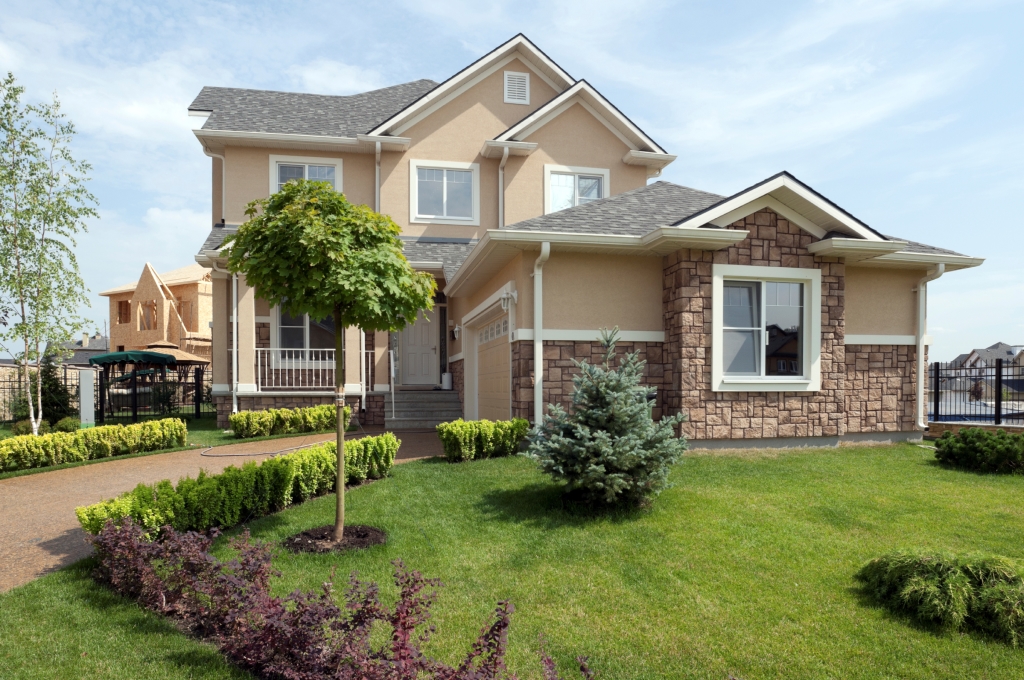925-855-3250

Differences in Urban and Suburban Growth
Economists to real-estate agents have debated whether the housing boom and bust of the last decade has dramatically remade the way Americans live or merely created a temporary disruption.
U.S. Census data released Thursday provides strong support for the latter thesis—that shifts in where Americans move were merely temporary.
For one thing, the rate at which Americans are moving to the suburbs is once again outpacing the rate at which they are moving to cities. That picks up on a decades long trend that only very temporarily reversed during the recession.
Urban counties grew by 0.8% in 2015 to roughly 77 million people, compared with suburban counties, which grew by nearly 1% to 159 million people. Urban areas are defined on how dense they were as of the 2010 census.
Overall, the U.S. population grew by 0.8% from 2014 to 2015, or a difference of about 2.5 million people.
Suburbs have been outpacing cities in population growth for decades. In 2001, suburbs grew about 1.2% while cities grew by about 0.7%.
The trend was exacerbated by the housing boom, when easy mortgages helped buyers afford homes being built at a rapid pace in far-out suburbs. In 2006, suburbs grew by 1.5% while cities instead actually lost nearly 0.4% of their population.
Cities grew faster than suburbs for one year during the last decade, in 2011. While much has been written about the revival of cities, the overall population trends underscore that people flocking to cities remain a select class, mostly of the young, educated and affluent who can afford rising prices. In the meantime, America overall continues to suburbanize.
Rich, young people are outbidding others for urban housing and so the faster growth in the suburbs certainly reflects tight housing supply in dense neighborhoods.
Another decades long trend that has re-emerged is the growth of the South and the West at the expense of the Northeast and the Midwest. The South and West both had population growth of 1.2% in 2015, far ahead of 0.2% growth in the Northeast and Midwest.
During the aftermath of the housing bust, the South and West saw sharp declines in the rate of population growth, while the Northeast and Midwest held relatively steady, although they continued to grow more slowly.


Some familiar metro areas also emerged as big population losers and winners. Austin was the biggest population gainer for four years running from 2011 to 2014. But this year it was surpassed by Cape Coral-Fort Myers, Fla.—also the leader in population growth during the bubble from 2004 to 2006.
Youngstown, Ohio, has been the biggest population loser since 2010 and continued to hold that title. It also lost the most population for most of the boom from 2003 to 2005, but it was surpassed for a few years by New Orleans and Detroit.
